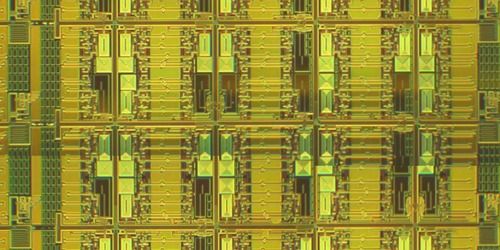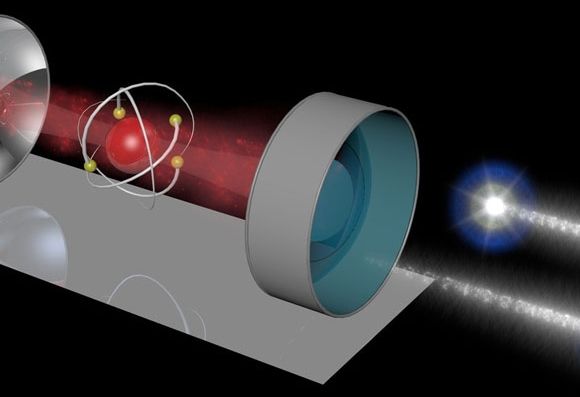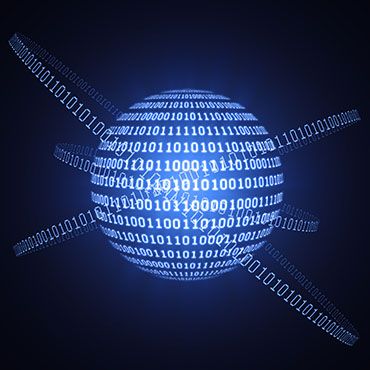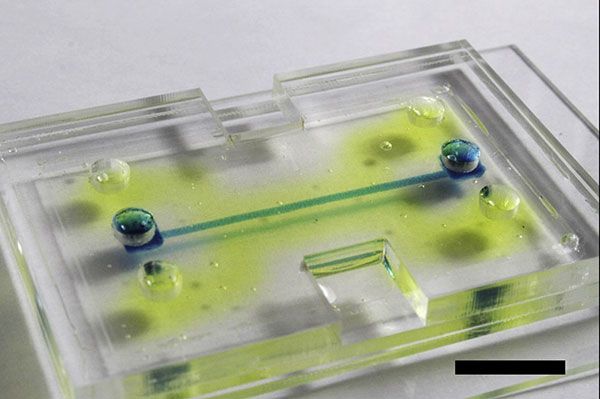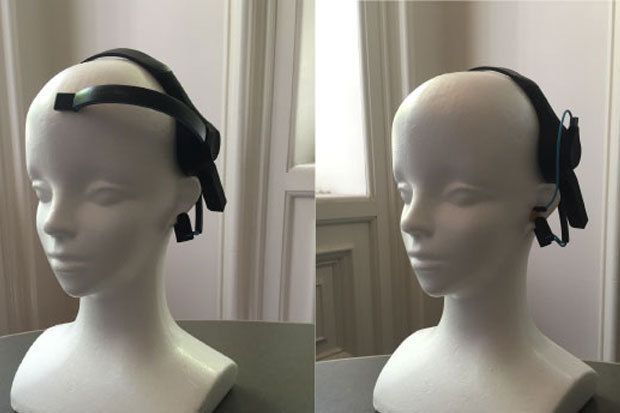Jul 14, 2016
Transhumanist Terminology
Posted by Shailesh Prasad in categories: bioengineering, computing, cryonics, cyborgs, encryption, existential risks, food, genetics, information science, life extension, nanotechnology, neuroscience, quantum physics, robotics/AI, singularity, transhumanism
Transhuman Terminology.
ADHOCRACY
AEONOMICS
A-LIFE
AGORIC SYSTEM
AI-COMPLETE ALEPH ALGERNON AMORTALIST ARACHNIOGRAPHY ARCH-ANARCHY ARCOLOGY ARROW IMPOSSIBILITY THEOREM ARTILECT ASEX ASIMORT ASIMOV ASSEMBLER ATHANASIA ATHANOPHY ATHEOSIS AUGMENT AUTOEVOLUTIONIST AUTOMATED ENGINEERING AUTOMORPHISM AUTOPOTENT AUTOSCIENT BABY UNIVERSE BASEMENT UNIVERSE BEAN DIP CATASTROPHE BEANSTALK BEKENSTEIN BOUND BERSERKER BETELGEUSE-BRAIN BIG CRUNCH BINERATOR BIOCHAUVINISM BIOLOGICAL FUNDAMENTALISM BIONICS BIONOMICS BIOPHILIAC BIOSTASIS B-LIFE BLIGHT BLIND UPLOADING BLUE GOO BOGOSITY FILTER BORGANISM BREAKEVEN POINT BROADCATCHING BRUTE FORCE UPLOADING BUSH ROBOT CALCUTTA SYNDROME CALM TECHNOLOGY CALORIE RESTRICTION CASIMIR EFFECT CEREBROSTHESIS CHINESE ROOM CHRONONAUTS CHURCH-TURING THESIS COBOTS COMPUFORM COMPUTRONIUM CONCENTRATED INTELLIGENCE CONSILIENCE CONNECTIONISM CONTELLIGENCE CONTINUITY IDENTITY THEORY COSMYTHOLOGY CRYOBIOLOGY CRYOCRASTINATE CRYOGENICS CRYONICS CRYONIC SUSPENSION CRYPTO ANARCHY CRYPTOCOSMOLOGY CYBERCIDE CYBERFICTION CYBERGNOSTICISM CYBERIAN CYBERNATE/CYBERNIZE CYBERSPACE/CYBERMATRIX CYBRARIAN CYPHERPUNK DEANIMALIZE DEATH FORWARD DEATHISM DEEP ANARCHY DEFLESH DIGITAL PSEUDONYM DIAMONDOID DISASSEMBLER DISASTERBATION DISTRIBUTED INTELLIGENCE DIVERGENT TRACK HYPOTHESIS DIVERSITY IQ DIVIDUALS DOOMSDAY ARGUMENT DOWNLOAD DRYWARE DUBIFIER DYSON SPHERE ECOCALYPSE ECTOGENESIS
EMBRYOMEME
EMULATION
ENHANCED REALITY
ENVIROCAPITALISM
EPHEMERALISTS
E-PRIME
ESCALATORLOGY
THE ETERNAL LIFE POSTULATE
EUPSYCHIA
EUTHENICS
EVOLUTIONARILY STABLE STRATEGY (ESS)
EVOLUTURE
EXCONOMICS
EXES
EXFORMATION
EXISTENTIAL TECHNOLOGY
EXOPHOBIA
EXOSELF
EXTROPIAN
EXTROPIATE
EXTROPIC
EXTROPOLIS
EXTROPY
FACULTATIVE ANAGOROBE
FAR EDGE PARTY
THE FERMI PARADOX
FEMTOTECHNOLOGY
FLATLANDER
FLUIDENTITY
FOGLET
FORK
FREDKIN’S PARADOX
FUNCTIONAL SOUP
FUTIQUE
FUTURE SHOCK
GALAXY BRAIN
GAUSSIAN
GENEGENEERING
GENETIC ALGORITHM
GENIE
GREEN GOO
GÖDEL’S THEOREM
GOLDEN GOO
GREAT FILTER, THE
GREY GOO
GUY FAWKES SCENARIO
HALLUCINOMEMIC
HIVE COMPUTING
HOMORPH
HPLD
HYPERTEXT
HYPONEIRIA
HYPOTECH
